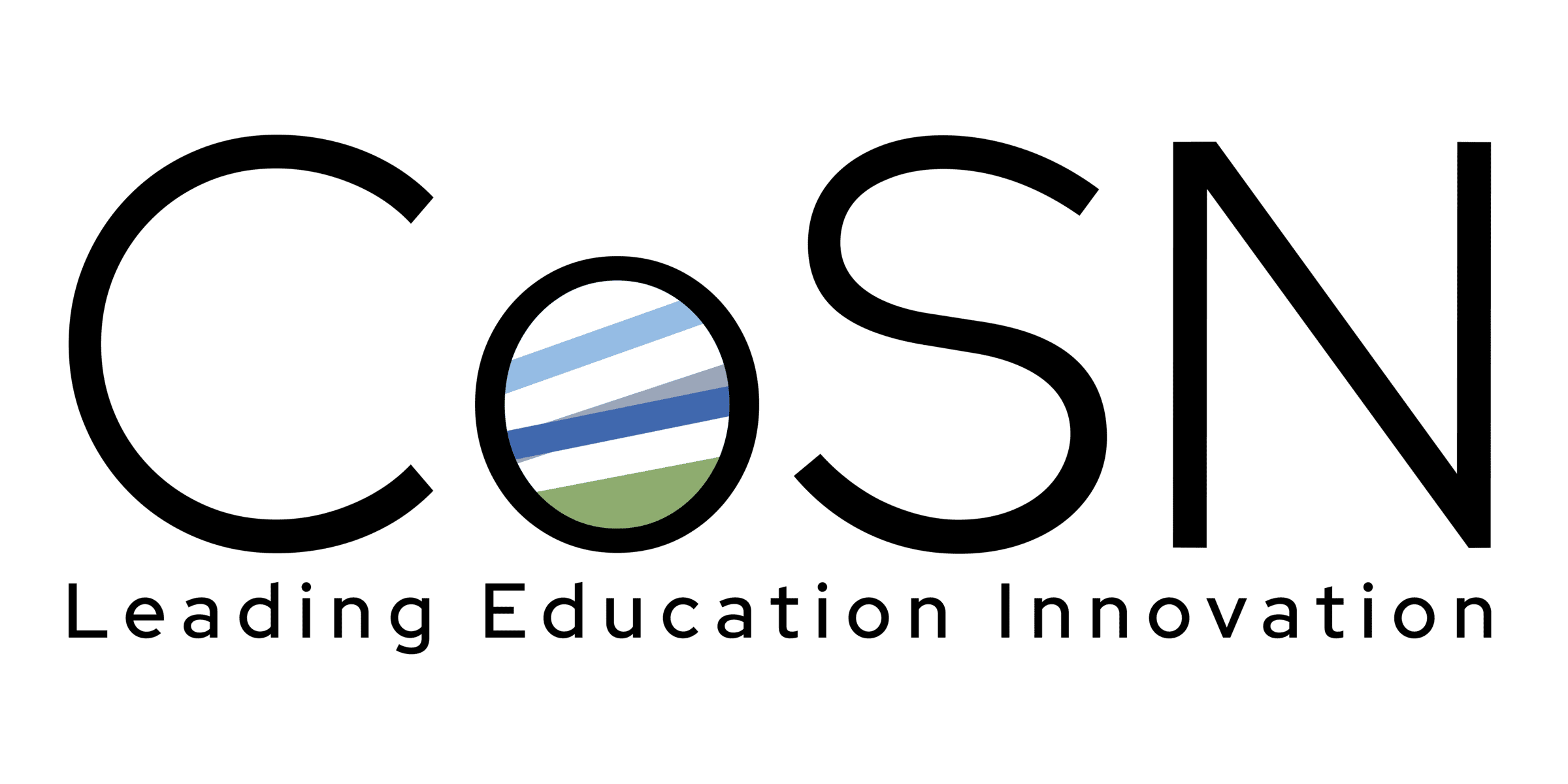Esports and the gaming industry continues to grow and has pushed past traditional sporting events to be the largest sporting competitions in the world. A simple definition of esports is competitive video gaming, and it has made its way onto college campuses and is becoming well established in K-12 schools and districts across the world as well. For IT leaders within school districts, understanding its core elements and potential is crucial.
In the education world, we must expand our definition of esports and move beyond focusing solely on the players. That is where scholastic esports comes in. Scholastic esports combines competitive gaming with career exploration and focuses on fostering critical skills like teamwork, communication, strategic thinking, and problem-solving where every student has a role in the program. The Network of Academic and Scholastic Esports Federations (NASEF) has dubbed this the esports ecosystem.

In the five years that I have been leading scholastic esports in my district, I continue to be amazed by the impact scholastic esports has had on our students. Many of the students who are part of scholastic esports programs are not part of any other extracurricular activity at school. These programs give them a place where they fit in at school and where they can find other like minded students to become friends.
For IT leaders, the good news is that established scholastic esports organizations manage much of the heavy lifting. They provide curriculum resources, robust tournament infrastructure, and even assist with equipment needs. Your invaluable expertise lies in ensuring a secure and reliable network foundation for seamless gameplay – a familiar challenge for IT professionals.
The potential benefits are undeniable: heightened student engagement, enhanced digital literacy skills, and fostering a strong sense of community. Intrigued to learn more? Explore reputable scholastic esports organizations like NASEF or your local NASEF Affiliate. They offer extensive resources and support to navigate this exciting new frontier in education. Let’s collaborate to elevate the learning experience for our students and empower them for the future.
Read more: CoSN’s Esports: A K-12 Introduction
AUTHOR: John Shoemaker
NASEF Community Leader & Mentor
West Palm Beach, Florida
Published on: December 3, 2024
CoSN is vendor neutral and does not endorse products or services. Any mention of a specific solution is for contextual purposes.

CC BY NC


